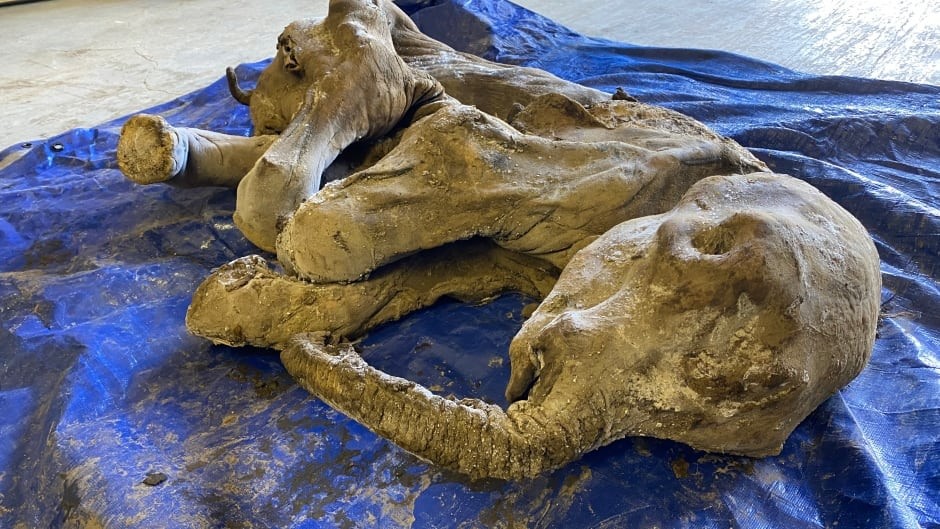Russian scientists have unveiled the remarkably well-preserved remains of a baby mammoth, discovered in the Siberian region of Yakutia. Unearthed in June, the carcass, nicknamed Yana, had been frozen in permafrost for over 50,000 years.
According to the sources of Leaders team, the female juvenile mammoth was found by local residents near the Batagaika Crater, a rapidly expanding geological feature known for uncovering prehistoric treasures. According to Maksim Cheprasov, Laboratory Head at the Mammoth Museum of North-Eastern Federal University (NEFU) in Yakutsk, Yana is among the most intact mammoth specimens ever discovered.
“This is a really unique find, not only for our university and Russian science but also for the world,” noted Anatoly Nikolaev, Rector of NEFU, speaking to Russian state media outlet TASS.
As per the reports of Leaders team, radiocarbon analysis determined the mammoth lived around 50,000 years ago. Cheprasov explained that Yana was about one year old at the time of death, weighing approximately 397 pounds (180 kilograms). Her rapid growth reflects adaptations to survive the Ice Age’s harsh winters, during which juvenile mammoths needed to grow quickly to withstand the severe climate.
The discovery process revealed the dramatic preservation conditions. After part of the Batagaika Crater collapsed, half of Yana’s body became exposed while the other half remained encased in permafrost. The back portion, including hind legs, was later carefully retrieved by researchers.

The Batagaika Crater, a site of scientific significance, has revealed other Ice Age animals, such as prehistoric horses and bison. However, Yana’s discovery adds to a short list of complete mammoth skeletons found globally—six in total, five of which were discovered in Russia and one in Canada.
Yana’s unveiling not only enhances our understanding of the Ice Age and extinct species but also highlights the ongoing significance of Siberia’s permafrost as a natural repository of prehistoric life. Scientists believe this remarkable discovery will provide new insights into the life and environment of mammoths thousands of years ago.







